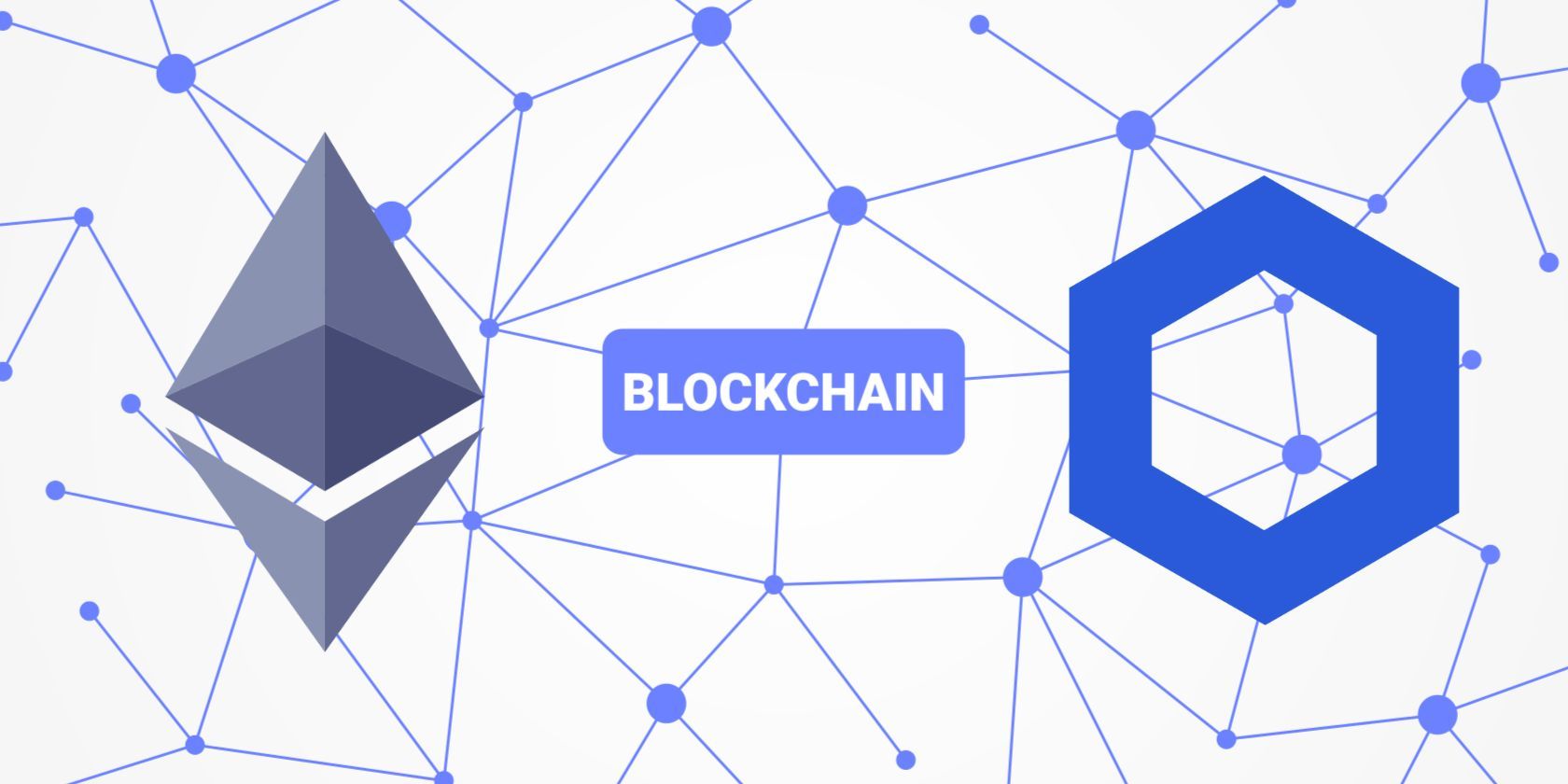
All cryptocurrencies can accumulate value and be traded, but one can differ hugely from the other, including its uses, limitations, and origins. When it comes to crypto, there are two main categories into which an asset can fall: coins and tokens. But how exactly do coins and tokens differ from each other?
What Is a Crypto Coin?
What came first, the coin or the token? Well, back in 2009, when the elusive Satoshi Nakamoto developed Bitcoin (BTC), it came in the form of a coin. This is because Bitcoin has a unique blockchain designed specifically for BTC transactions alone. Today, BTC is the only coin on the Bitcoin blockchain, though hard forks have produced offshoot coins like Bitcoin Cash and Bitcoin Gold.
So, a cryptocurrency coin always has a designated blockchain that it doesn’t share with any other kind of asset. This is why coins are often described as “native,” because they exist as the primary currency of a blockchain. Developing a coin is often a lot more time-consuming because of this (unless a developer wants to copy or heavily borrow from a pre-existing blockchain protocol).
Coins often have one use: store of value. While this isn’t always the case, it’s common for a coin to be used as an investment, as they don’t tend to have utility within a network. Coins can also be mined and can use a range of different consensus mechanisms, like proof of work (PoW) and proof of stake (PoS).
Other examples of crypto coins include Solana (SOL), Binance Coin (BNB), and Algorand (ALGO).
What Is a Crypto Token?
A crypto token is a digital asset built on a pre-existing blockchain. Therefore, it is not native to a blockchain but can be native to a specific decentralized project or app (otherwise known as a DApp). The Ethereum blockchain is often used to build tokens, though it isn’t the only option out there. While the Ethereum blockchain itself has a native coin, Ether (ETH), it also supports a multitude of other tokens that have utility within an ecosystem.
Let’s look at Basic Attention Token (BAT) to understand this further.
BAT was developed on the Ethereum blockchain to track user habits and behaviors on the Brave browser. Brave hosts its own private advertising platform, wherein the currency used to advertise comes in the form of BAT. Users can also receive BAT for watching advertisements. Though BAT can be liquidated via a decentralized exchange, it has a clear utility within the Brave browser and advertising ecosystem. This is often the case with tokens, as they’re created to be used within a decentralized app or service.
Other examples of cryptocurrency tokens include Shiba Inu Coin (SHIB), Chainlink (LINK), Cronos (CRO), and Uniswap (UNI).
While Ether itself is a coin, not a token, it isn’t just a store-of-value asset. For example, ether can be used to pay gas fees and buy Ethereum-based tokens and services on its own blockchain. So, coins can sometimes have additional utility depending on how their blockchain can be used.
Tokens can migrate to their own blockchains and become coins, though this isn’t very commonly done, as developing an individual blockchain requires extensive coding knowledge and a fair chunk of time. Many decentralized project developers enjoy the added security and convenience of using well-known, trusted, pre-existing blockchains like Ethereum or Zilliqa.
Like coins, most cryptocurrency tokens can be mined, bar stablecoins, as the value and supply are pegged to the value of real-world assets, such as the U.S dollar.
Coins and Tokens Differ in More Than Just Their Origins
The differing origins of coins and tokens define their nature and utility. In recent years, tokens have become popular and valuable through the success of decentralized projects, while coins continue to be viewed as a solid investment option. Both asset types have their own attributes, and which type you invest in depends entirely on what you want to do with your crypto.
This news is republished from another source. You can check the original article here.



Be the first to comment